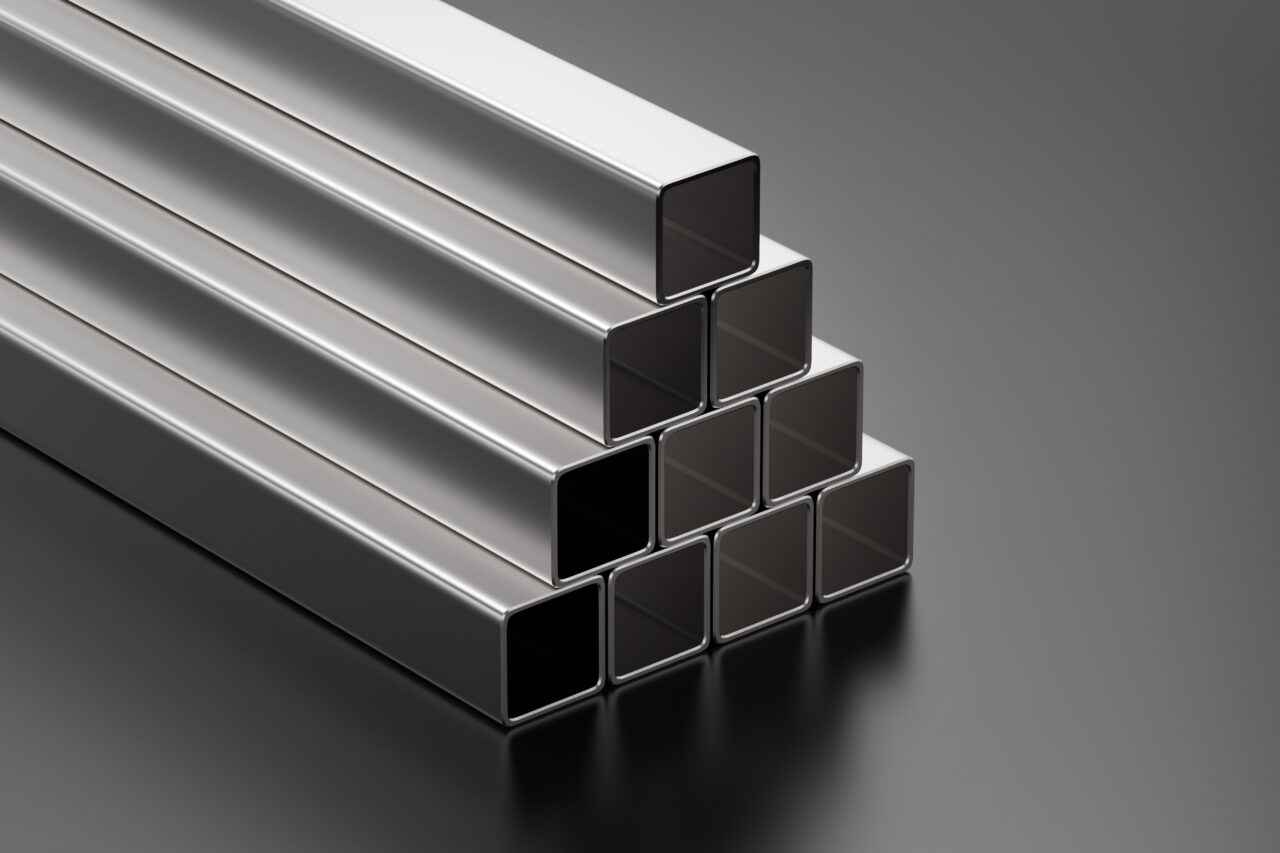A heat affected zone (HAZ) significantly alters stainless steel properties by creating microstructural changes during welding processes. When steel is exposed to high temperatures but not melted, its grain structure transforms, typically resulting in reduced strength, hardness variations, and decreased corrosion resistance. In high-strength stainless steel materials, these changes can impact critical mechanical properties, potentially affecting load-bearing capacity and structural integrity in demanding applications. The extent of these alterations depends on several factors including heat input, material composition, and cooling rates.
What is a heat affected zone in stainless steel?
A heat affected zone in stainless steel refers to the portion of material that experiences metallurgical changes due to heat exposure during welding but does not melt. This area undergoes significant microstructural transformations as temperatures rise above critical thresholds, altering the carefully engineered properties of the base material.
During welding processes, the HAZ develops in distinct regions with varying characteristics. The area closest to the weld experiences the highest temperatures and most dramatic changes, often resulting in grain growth and phase transformations. In lean duplex stainless steel and other high-performance alloys, these changes can significantly alter the balanced microstructure that provides their superior properties.
The HAZ represents a transition zone between the unaffected base material and the fusion zone (where melting occurs). Its size and characteristics depend on several factors, including the type of stainless steel being welded, with austenitic, ferritic, and duplex stainless steels each responding differently to thermal cycles due to their distinct microstructural compositions.
How does a heat affected zone alter the mechanical properties of stainless steel?
Heat affected zones alter stainless steel’s mechanical properties by causing microstructural changes that modify strength, hardness, ductility, and toughness. In most cases, the HAZ exhibits reduced yield and tensile strength compared to the base material, creating potential weak points in welded structures.
For stainless steel hollow sections used in load-bearing applications, these alterations can be particularly significant. The thermal cycle typically produces softening in the HAZ of cold-worked or hardened stainless steels as the heat relieves internal stresses and eliminates work hardening effects. Conversely, in solution-annealed materials, precipitation hardening might occur, potentially increasing hardness but reducing ductility.
Corrosion resistance – a defining characteristic of stainless steel – can also be compromised in the HAZ. Chromium carbide precipitation at grain boundaries (sensitisation) may occur in certain stainless steel grades, depleting chromium in adjacent areas and creating susceptibility to intergranular corrosion. This is particularly relevant for structures exposed to corrosive environments where maintaining uniform corrosion resistance is essential for long-term structural stability.
What factors influence the size of a heat affected zone in stainless steel?
The size of a heat affected zone in stainless steel is primarily influenced by heat input, material thickness, thermal conductivity, and welding technique. Higher heat inputs generally produce larger HAZs, creating more extensive areas with altered properties that could affect structural performance.
Material thickness plays a crucial role, as thicker sections can dissipate heat more effectively, potentially reducing HAZ size. However, they may require higher heat inputs to achieve proper fusion, creating a balance that must be carefully managed. The thermal conductivity of high-strength stainless steel is lower than carbon steel, which tends to concentrate heat and can result in steeper thermal gradients and narrower HAZs.
Welding technique significantly impacts HAZ dimensions. Modern processes that deliver concentrated heat with precise control (like laser or electron beam welding) typically produce smaller HAZs compared to traditional methods. For stainless steel hollow sections manufactured through roll forming or press braking, subsequent welding operations must be carefully controlled to maintain the material’s engineered properties and structural integrity.
How can heat affected zones be minimized in stainless steel structures?
Heat affected zones can be minimized in stainless steel structures through careful control of heat input, optimized welding parameters, and appropriate material selection. Employing lower heat input welding processes, such as pulsed arc techniques or automated precision methods, significantly reduces the thermal impact on surrounding material.
Pre-weld and post-weld heat treatments can also be effective strategies. For certain stainless steel grades, preheating helps reduce thermal gradients and cooling rates, while post-weld heat treatment can restore desirable microstructures. However, these approaches must be carefully tailored to the specific stainless steel type, as inappropriate thermal treatments can cause additional issues in some grades.
Proper joint design and welding sequence planning are equally important for controlling HAZ effects. Distributing heat input through techniques like staggered welding or back-step sequences prevents excessive heat concentration. When working with stainless steel hollow sections, maintaining stable, high-strength properties requires an integrated approach that considers both material characteristics and fabrication methods to ensure optimal structural performance.
Why is understanding heat affected zones crucial for structural applications?
Understanding heat affected zones is crucial for structural applications because they represent potential weak points that could compromise the integrity of load-bearing components. In critical structures, these localized property changes must be accounted for during design and material selection to ensure safety factors are maintained throughout the service life.
For structures utilizing stainless steel hollow sections, the uniform strength across all axes provides excellent compressive load resistance. However, welded connections create HAZs that require proper engineering consideration. Engineers must account for HAZ effects when calculating load capacities, especially in dynamically loaded structures where fatigue resistance becomes critical.
The long-term performance of stainless steel structures depends on maintaining corrosion resistance, which can be compromised in heat affected zones. This is particularly important in aggressive environments where localized corrosion could initiate at HAZs and progress over time. By properly accounting for and minimizing HAZ effects, structures can maintain their stability and relatively low weight advantages even with welded connections.
Looking to ensure your stainless steel structures maintain optimal properties even with welded connections? Contact our experts for guidance on material selection and fabrication approaches that minimize heat affected zone impacts.
This article was created with the help of AI and reviewed by a human. It may include mistakes.
